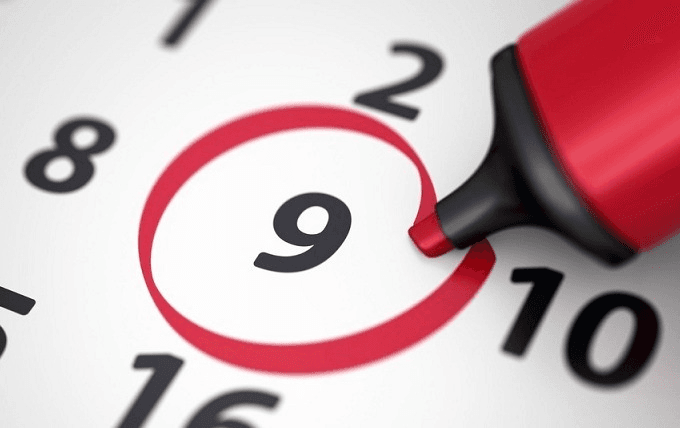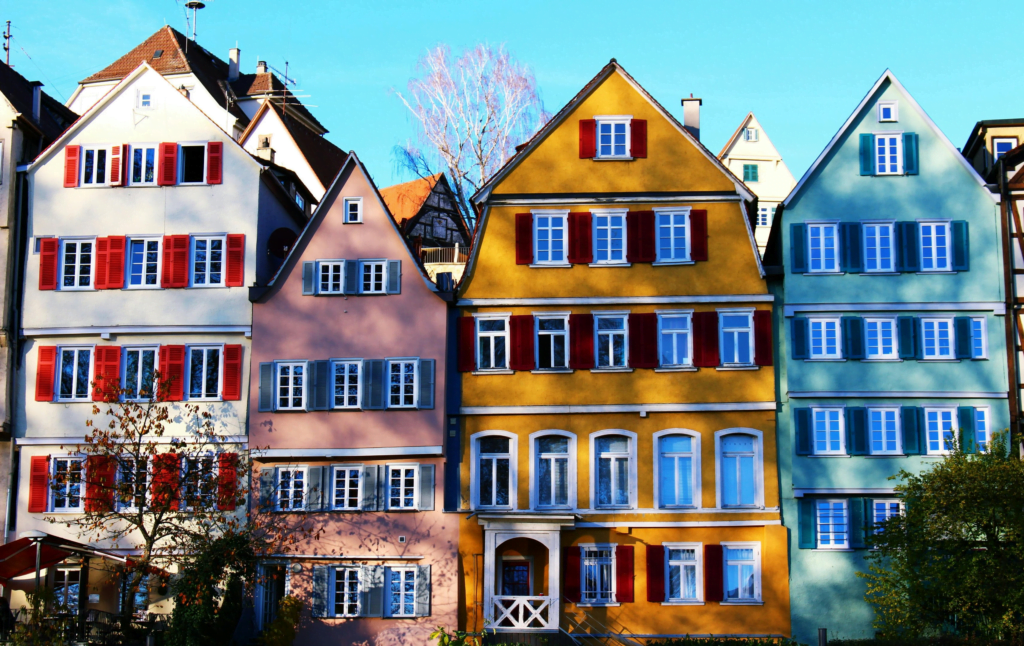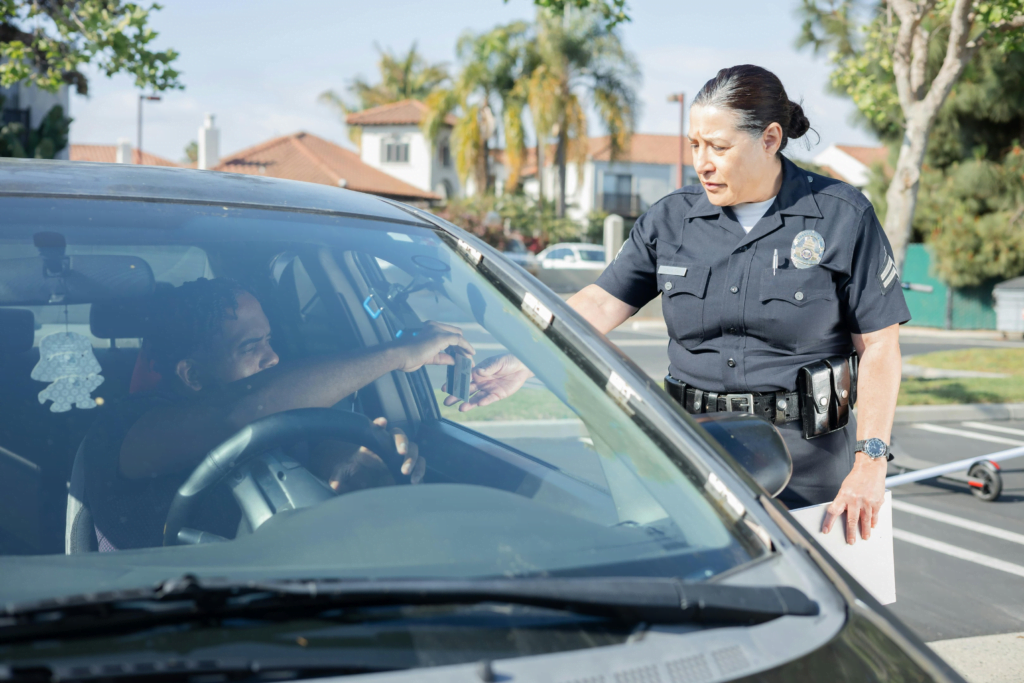
Germany, known for its rich history and vibrant culture, offers a plethora of traditions and holidays that hold significant cultural value. These celebrations and customs provide a fascinating insight into the German way of life, showcasing a mix of historical influences, religious roots, and regional peculiarities. If you’re planning to visit or are just curious about German culture, it’s essential to familiarize yourself with the country’s most notable traditions and holidays. This article will guide you through some of the most prominent German festivities, including their origins, how they are celebrated, and what makes them unique.
1. Oktoberfest: The World’s Largest Beer Festival
One of the most globally recognized German traditions is the annual Oktoberfest, held in Munich, Bavaria. Contrary to what its name might suggest, Oktoberfest starts in late September and runs until the first weekend of October. This iconic festival, which dates back to 1810, was initially organized to celebrate the marriage of Crown Prince Ludwig to Princess Therese of Saxe-Hildburghausen.
How It’s Celebrated: The festival kicks off with a grand parade featuring traditional Bavarian costumes, horse-drawn beer wagons, and marching bands. Attendees indulge in a wide variety of Bavarian beers served in massive steins, along with traditional foods such as pretzels, sausages, roast chicken, and sauerkraut. Visitors are encouraged to wear traditional attire—men in Lederhosen and women in Dirndls. The atmosphere is lively, with music, dancing, and carnival rides. If you’re visiting Germany during this period, attending Oktoberfest is a must-do experience.
2. Karneval (Fasching): The German Mardi Gras
Karneval, also known as Fasching or Fastnacht, is Germany’s version of Mardi Gras and one of the country’s most colorful celebrations. It marks the beginning of Lent and is celebrated primarily in the Rhineland, with Cologne, Mainz, and Düsseldorf hosting the most extravagant festivities.
How It’s Celebrated: The festival season officially begins on November 11th at 11:11 a.m., but the main events occur during the week leading up to Ash Wednesday, particularly on “Rosenmontag” (Rose Monday). Parades featuring elaborately decorated floats and costumed participants fill the streets, while spectators shout “Helau” or “Alaaf” as greetings. There’s a carnival-like atmosphere with music, dancing, and confetti. One unique aspect is the tradition of “Weiberfastnacht” (Women’s Carnival Day), when women cut off men’s ties as a playful act of rebellion.
3. Weihnachten: A German Christmas
Christmas is a cherished holiday in Germany, celebrated with a blend of solemn traditions and festive cheer. The Advent season, which begins four Sundays before Christmas, marks the start of holiday festivities. German cities are known for their enchanting Christmas markets, or Weihnachtsmärkte, which are set up in town squares.
How It’s Celebrated: Christmas celebrations begin with Advent, when families light candles on Advent wreaths and open doors on Advent calendars. The highlight is St. Nicholas Day on December 6th, when children receive small gifts and sweets. On Christmas Eve (December 24th), families gather for a festive meal and exchange presents. Traditional decorations include Christmas pyramids, nutcrackers, and handcrafted ornaments. Each region has its own Christmas customs, but the shared theme is one of warmth, togetherness, and joy.
4. Neujahr: New Year’s Eve (Silvester)
New Year’s Eve in Germany is called Silvester, named after Saint Sylvester, whose feast day falls on December 31st. It is a time of both reflection and celebration, marked by various traditions that aim to bring good luck in the coming year.
How It’s Celebrated: Germans celebrate Silvester with family dinners, parties, and fireworks. A unique German tradition is “Bleigießen,” or lead pouring, where small pieces of lead are melted in a spoon and then dropped into cold water to predict the future based on the shapes they form. Other customs include eating lentil soup or fish, symbolizing good fortune and abundance. As the clock strikes midnight, people toast with glasses of Sekt (sparkling wine) and shout, “Prost Neujahr!” Fireworks light up the sky, and celebrations often continue well into the early hours.
5. Tag der Deutschen Einheit: German Unity Day
Tag der Deutschen Einheit, or German Unity Day, is celebrated on October 3rd and is the only federal public holiday in Germany. It marks the anniversary of German reunification in 1990, when East and West Germany were officially reunited after decades of division.
How It’s Celebrated: The day is commemorated with various events, including political speeches, concerts, and cultural displays. Each year, a different German city hosts the main festivities, making it a mobile celebration of unity and peace. Families often use the holiday as an opportunity to reflect on the nation’s history and enjoy local events.
6. Ostern: Easter in Germany
Easter (Ostern) is another significant religious holiday in Germany, celebrated with numerous customs that vary by region. It’s a time for families to come together and enjoy the arrival of spring.
How It’s Celebrated: The Easter weekend begins with Good Friday, a day of solemn reflection, followed by Easter Sunday and Easter Monday, which are more festive. One well-known tradition is the Easter egg hunt, where children search for hidden eggs and chocolate treats left by the Osterhase (Easter Bunny). Another popular custom is the “Osterfeuer” (Easter bonfire), where communities light large fires to ward off winter spirits and welcome spring.
7. Martinstag: St. Martin’s Day
St. Martin’s Day is celebrated on November 11th in honor of Saint Martin of Tours, a former Roman soldier known for his acts of kindness. It’s primarily a children’s holiday, marked by lantern processions and songs.
How It’s Celebrated: The evening is filled with lantern parades led by children carrying handmade lanterns and singing traditional songs. The highlight of the evening is the reenactment of St. Martin’s most famous act—cutting his cloak in half to share with a beggar. Families often enjoy a roast goose dinner as part of the celebration.
8. Erntedankfest: The German Thanksgiving
Erntedankfest is Germany’s version of Thanksgiving, celebrated in late September or early October. It’s a harvest festival rooted in gratitude for the bounty of the land.
How It’s Celebrated: While it’s not a national holiday, Erntedankfest is celebrated with church services, parades, and community gatherings. People often bring baskets of produce to church to be blessed, and there’s a focus on giving to the needy. The day typically ends with a festive meal featuring local harvest foods.
9. Walpurgisnacht: Witches’ Night
Walpurgisnacht, or Witches’ Night, is celebrated on the night of April 30th in the Harz Mountains region. It has roots in both pagan and Christian traditions and is associated with the arrival of spring.
How It’s Celebrated: The night is marked by bonfires, dancing, and revelry. People dress up as witches and warlocks and gather in the town of Brocken, believed to be a gathering place for witches. The festival also includes fireworks, music, and plenty of food and drink.
10. May Day (Maifeiertag)
May Day, celebrated on May 1st, is both a public holiday and a day of political demonstrations in Germany. It’s associated with International Workers’ Day and is marked by parades, speeches, and social gatherings.
How It’s Celebrated: In rural areas, the focus is on welcoming spring with Maypole dances and festivities. Villages often set up a tall Maypole, decorated with ribbons and flowers, and communities gather to dance around it. The day is also used to highlight workers’ rights, making it a day of both celebration and reflection.
Conclusion
German traditions and holidays offer a fascinating window into the country’s history, culture, and values. From the exuberant revelry of Oktoberfest to the heartwarming customs of Christmas, these celebrations showcase the diversity and richness of German cultural heritage. Whether you’re visiting Germany or just looking to learn more about its customs, understanding these holidays will deepen your appreciation of the German way of life.


